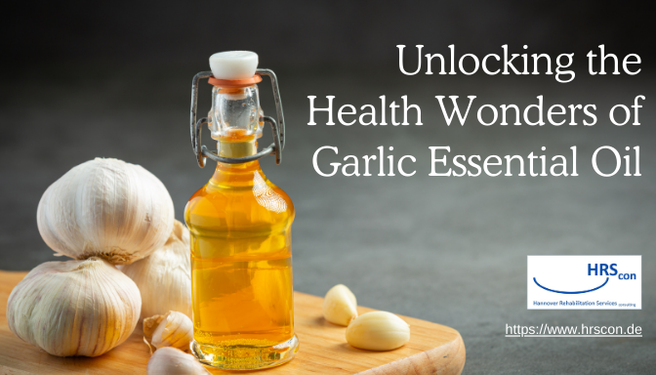In the pursuit of long-term food sustainability and security, the preservation and understanding of Indigenous rice varieties play a pivotal role. Among these varieties, Yoom Noon, a non-glutinous rice (Oryza sativa L.), takes center stage in the Phanang Basin Area Development Project in Southern Thailand, under the auspices of the Royal Initiative of Nakhon Si Thammarat. A recent study has delved into the nutritional intricacies of Yoom Noon white rice, brown rice, and germinated brown rice, offering valuable insights into the potential benefits and significance of preserving these varieties for the future.
Nutritional Composition:
The study aimed to compare the nutritional profiles of the three Yoom Noon rice types, focusing on macronutrients, micronutrients, vitamins, and other essential components. Carbohydrates were identified as the predominant macronutrient across all processed Yoom Noon rice types, constituting 67.1% to 81.5% of the total content. Notably, white rice exhibited the highest carbohydrate content, followed by brown rice and germinated brown rice, indicating variations in nutritional composition based on the processing method.
Protein and fat content were also scrutinized, with brown rice outperforming white rice in both categories. Germinated brown rice, however, surpassed both in protein, dietary fiber, and ash content, showcasing its potential as a nutritional powerhouse among the Yoom Noon varieties.
Mineral Analysis:
The study delved into the mineral composition of Yoom Noon rice, revealing magnesium (Mg) as the most abundant mineral across all three types. Zinc (Zn) emerged as the second most abundant, followed by iron (Fe), potassium (K), manganese (Mn), calcium (Ca), and copper (Cu). Notably, selenium (Se) was absent in all processed Yoom Noon rice varieties. The consistent presence of magnesium in substantial amounts underscores its importance as a key mineral in Yoom Noon rice.
Macro- and Micronutrients:
Brown rice emerged as the nutritional champion, boasting the highest levels of both macro- and micronutrients. Thiamin, a vital B-vitamin, was found to be the most abundant vitamin in all processed rice types, followed by pyridoxine and nicotinamide. Germinated brown rice particularly stood out, showcasing the highest thiamin and gamma-aminobutyric acid (GABA) content, suggesting potential health benefits associated with this processed variant.
Flavonoids and Phytic Acid:
The study delved into the presence of flavonoids and phytic acid in Yoom Noon rice, revealing intriguing patterns. Brown rice demonstrated the highest total extractable flavonoid level, followed by germinated brown rice, while white rice showed no detectable flavonoids. However, brown rice also exhibited the highest phytic acid level, indicating a potential trade-off between beneficial and less favorable components.
Glucose Availability:
Understanding the glucose availability in Yoom Noon rice types is crucial for individuals concerned with glycemic index and overall health. White and brown rice had the highest rapidly available glucose (RAG) values, while germinated brown rice exhibited lower RAG values. Conversely, germinated brown rice showed the highest slowly available glucose (SAG) value, suggesting a potential advantage for those seeking sustained energy release.
Implications for Policy and Advocacy:
Scientific research on the nutritional values of Indigenous rice varieties serves as a cornerstone for informed policy development and advocacy efforts. Evidence-based knowledge about the unique nutritional benefits of Yoom Noon rice provides a solid foundation for policymakers, nutritionists, and public health professionals to develop guidelines, programs, and initiatives.
The findings of this study present opportunities for incorporating Indigenous rice into national dietary guidelines, promoting local production and consumption, supporting small-scale farmers, and advocating for the conservation and sustainable use of Indigenous rice genetic resources. The nuanced understanding of Yoom Noon rice’s nutritional richness opens doors for innovative approaches to address food security and promote healthier dietary choices.
Conclusion:
In unraveling the nutritional complexities of Yoom Noon white rice, brown rice, and germinated brown rice, this study contributes significantly to our understanding of Indigenous rice varieties. Brown rice emerges as a nutritional powerhouse, with germinated brown rice showcasing unique advantages in thiamin and GABA content.
These findings not only offer valuable insights for consumers seeking healthier dietary choices but also provide a roadmap for policymakers and advocates to integrate Indigenous rice into broader sustainability and food security initiatives. As we navigate the challenges of the future, preserving and celebrating the nutritional richness of Indigenous rice varieties like Yoom Noon becomes not just a scientific endeavor but a vital step towards a more sustainable and resilient food future.




